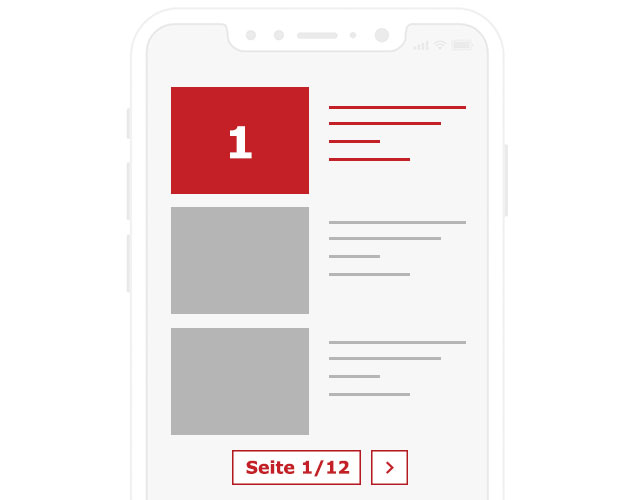DE
Foals for sale: Buying and selling foals
Page-1-Ad
In addition, interested parties can directly see more information. This significantly increases the number of potential buyers.

DE
DE
DE
DE
DE
DE
SI
CH
DE
AT
DE
DE
AT
DE
DE
DE
DE
DE
DE
DE
Foals for sale: Buying and selling foals
There are few things more lovely than watching a foal take its first wobbly steps beside its mother. This feature takes a look at the essentials regarding the selling, purchasing, rearing and care of young horses in the important months and years after they are born. Up until the age of one, they are known as foals. While still suckling their mothers, they are called foals at foot or suckling foals. When they are weaned, they become weanlings and at the age of one, they are yearlings. Until the age of three, young male horses are called colts and young female horses are known as fillies. The care and management of both colts and fillies is very similar, with the biggest difference being that most colt foals will be castrated (gelded) to make riding or driving horses.
Everything about selling foals
Foals are bred by both large commercial studs and individual breeders. Well-established stud farms with good reputations can benefit from their history as breeders of successful show or sports horses and ponies. Individual breeders need to think about why they are breeding – is it to keep and train, or eventually to sell on? This will affect the choice of stallion, the future of the foal, and how to market it once it is old enough to go to a new home.
Young foals drink their mother’s milk for several months after they are born. They also begin to pick at grass at a very early age, normally within a few days of birth. When reared naturally, foals might stay with their mothers until the arrival of the new foal the following spring, or at least until the autumn of their first year. However, in a domesticated setting, people usually wean the foals at around six months of age, sometimes earlier. Timing very much depends on the individual mare and foal. Studs with large numbers of mares find weaning easier as the foals can live together once they are separated from the mares. Most foals will be ready to sell between the ages of nine months to a year.
The price of a youngster depends on the breed. There will be a lot of interest in well-bred sports horses even before the foal is born. Foals with competitive potential will sell for thousands, even tens of thousands of pounds, while unregistered pony foals can sell for less than £100.00. When breeding to sell on, consider that registered ponies and horses will always have greater value in the market. Preparation for sale needs to begin early. There are many opportunities to showcase foals, such as specialist youngstock auctions, foal shows and online events. Many people like to see the foal with the mare before they purchase.
Buying foals - what you need to know
Young horses lack experience and learn quickly. Whether they learn positively or the hard way is dependent on the humans they encounter. The sooner they learn trust in humans, the better. The education of the foal begins early, often within a few hours of birth. The first thing they need to learn is to be touched and handled gently. Some handlers put a halter (known as a foal slip) onto their foals as soon as the foal is able to stand and drink from its mother. Foal slips should never be left on young horses when they are unattended.
A good mare who trusts humans will work with them to socialise her foal. Young horses are naturally curious, and this can be used to help the foal to learn. They will often approach humans in the stable, and if so, the best thing to do is let them investigate, which they normally do with their nose. Soon, the foal will allow people to touch and stroke it – like all horses, they soon love being scratched. Rubbing them gently with a soft cloth as soon as they allow it will prepare them for grooming when they are older. They should learn to be confident with having their feet handled. Everything should be taken at the foal’s pace, and if the foal is not accepting, it’s wise to go back a step and practise things they are happy about. Purchasers of colts will need to geld them.
Even while still drinking mother’s milk, foals start to investigate other foodstuffs, usually whatever the mother is eating. They are soon nibbling at grass. It’s important to ensure they are getting enough milk when they are young, as it can sometimes dry up. The foal will keep sucking, but nothing is coming through. In that case, they may need additional milk by bottle or bucket. If in doubt, always consult the vet!












































































































